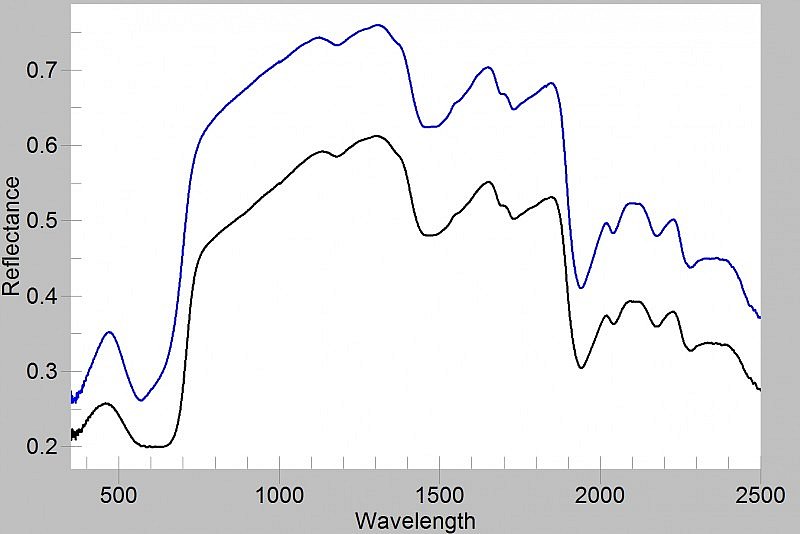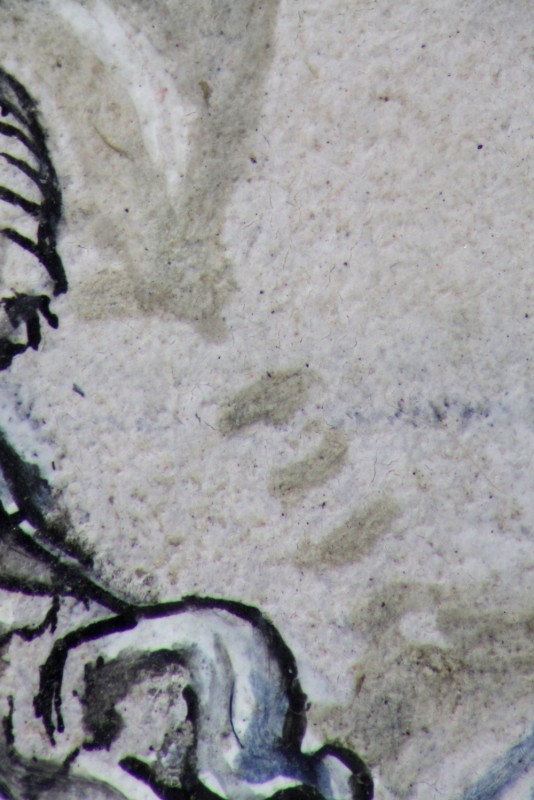Modelling of draperies
Artists' Techniques
This manuscript is among the earliest examples of an innovative, three-dimensional modelling technique that sought to convey the human anatomy beneath the fabrics. The main stimulus for this development was Parisian sculpture of c. 1245-1270 at Sainte-Chapelle and Notre Dame. The illuminators of Isabelle’s manuscript replicated the sculpted draperies by means of a sophisticated gradation of lighter and darker colours in order to simulate highlights and shadows. The modelling is most advanced in blue, grey, purple, pink and grey-blue fabrics as well as in white ones shaded in blue. It is less pronounced in green and red draperies.
The fabrics are generally modelled with broad shadows painted in indigo and ultramarine, and thin black lines. In the miniatures painted by Hand D, however, the black outlines are not present at all and the folds are indicated entirely with a nuanced gradation of colour (e.g. fol. 220r).




Deposition (Hours of the Virgin, Vespers)
The deep blue and dark purple draperies (hotspot 1), skilfully modelled so as to convey the three-dimensional human anatomy beneath, and the pink flesh tones of Christ’s body (hotspots 2 and 3) characterise the work of Hand D.